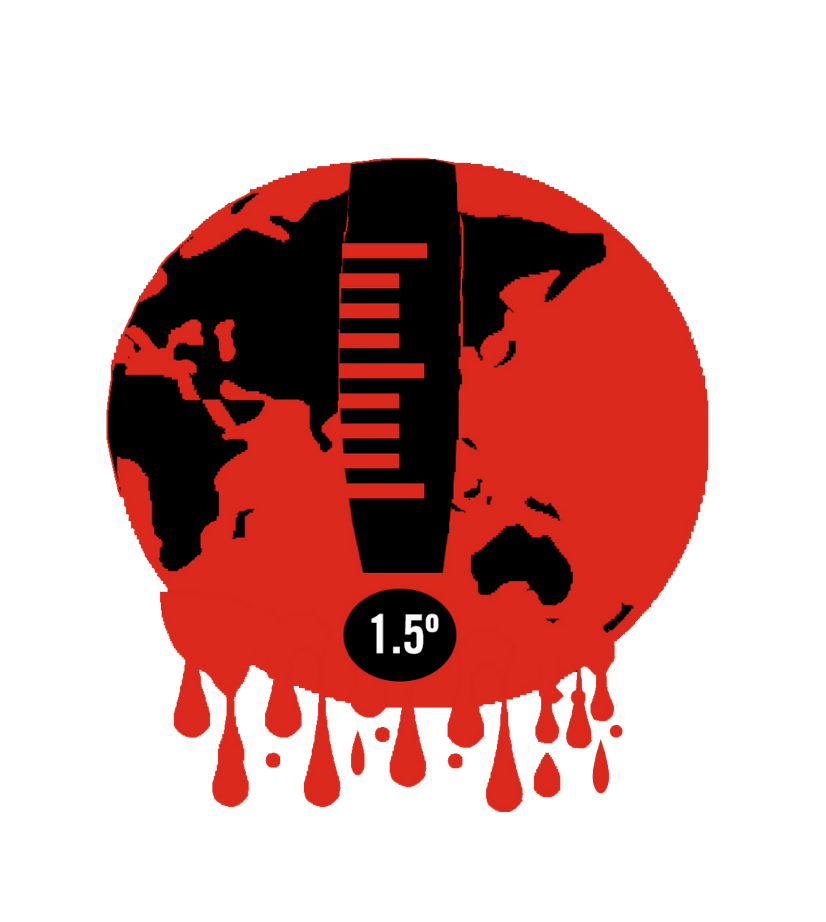
Supporting children and youth leadership of climate and environmental action
Asia reflects both the causes and effects of the climate and nature emergency.
Greenhouse gasses such as carbon dioxide are over-heating our planet. Asia produces approximately half the world’s greenhouse gas emissions and is home to three of the five biggest carbon-emitting countries (China, India and Japan), 99 of the world’s 100 most polluted cities, as well as major deforestation hotspots.
At the same time, Asia is regularly identified as one of the regions that will be hardest hit by global warming. With more than half of the world's population and one-third of its poor, Asia is deeply vulnerable to climate change-related hazards such as cyclones, floods and droughts.
Moreover, the climate emergency as well as environmentally destructive practices such as pollution and deforestation are causing ecosystems to collapse, threatening entire societies in Asia and beyond.
Many Asian governments, businesses, and individuals are taking positive steps to help people prepare for the growing impacts of the climate crisis and cut greenhouse gas emissions but much more needs to be done.
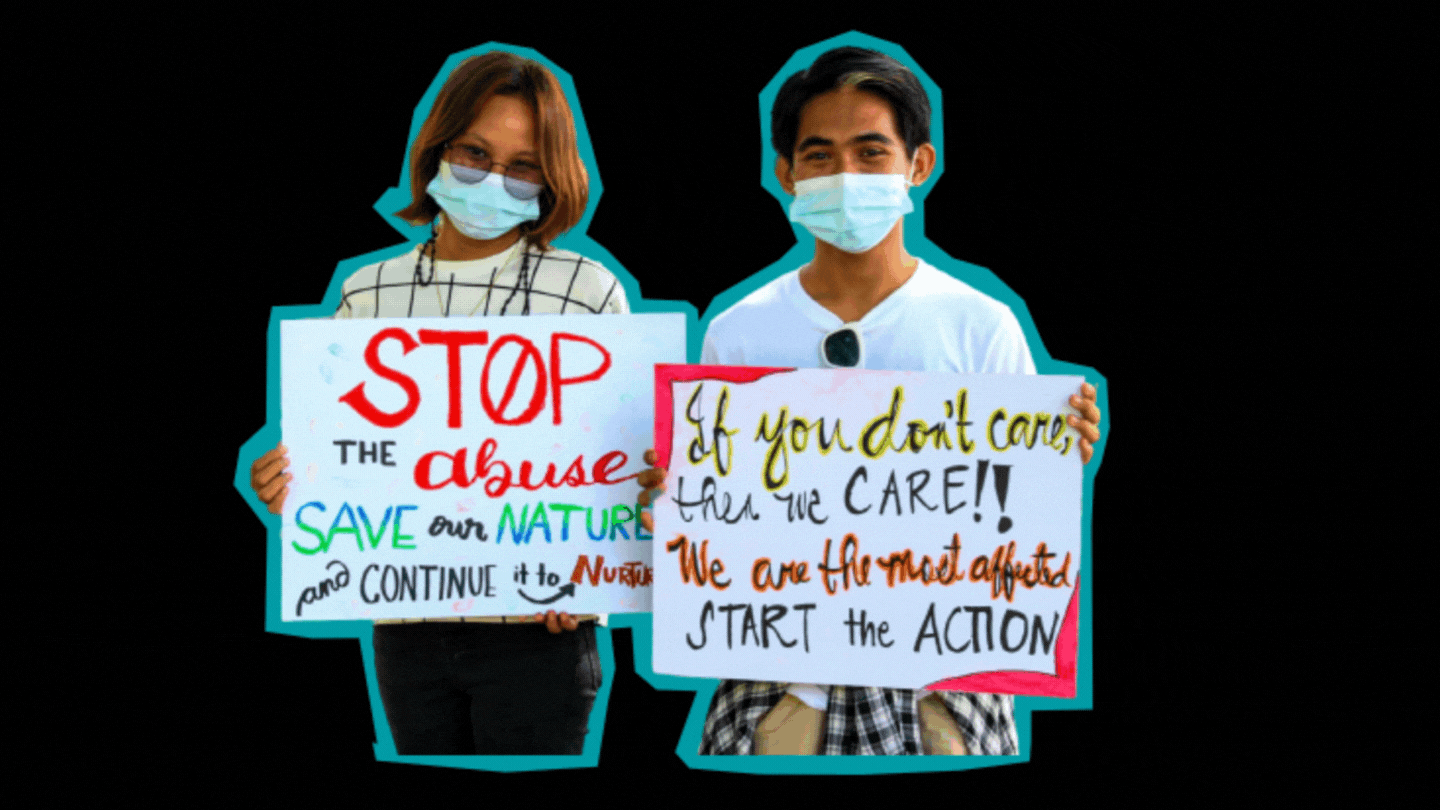
Campaigning can make a crucial difference. Child and youth campaigners have achieved remarkable progress in driving the climate and nature crisis higher up the media and political agenda worldwide. But sustaining such efforts is challenging and time is running out.
That's why the Red Alert campaign was born.
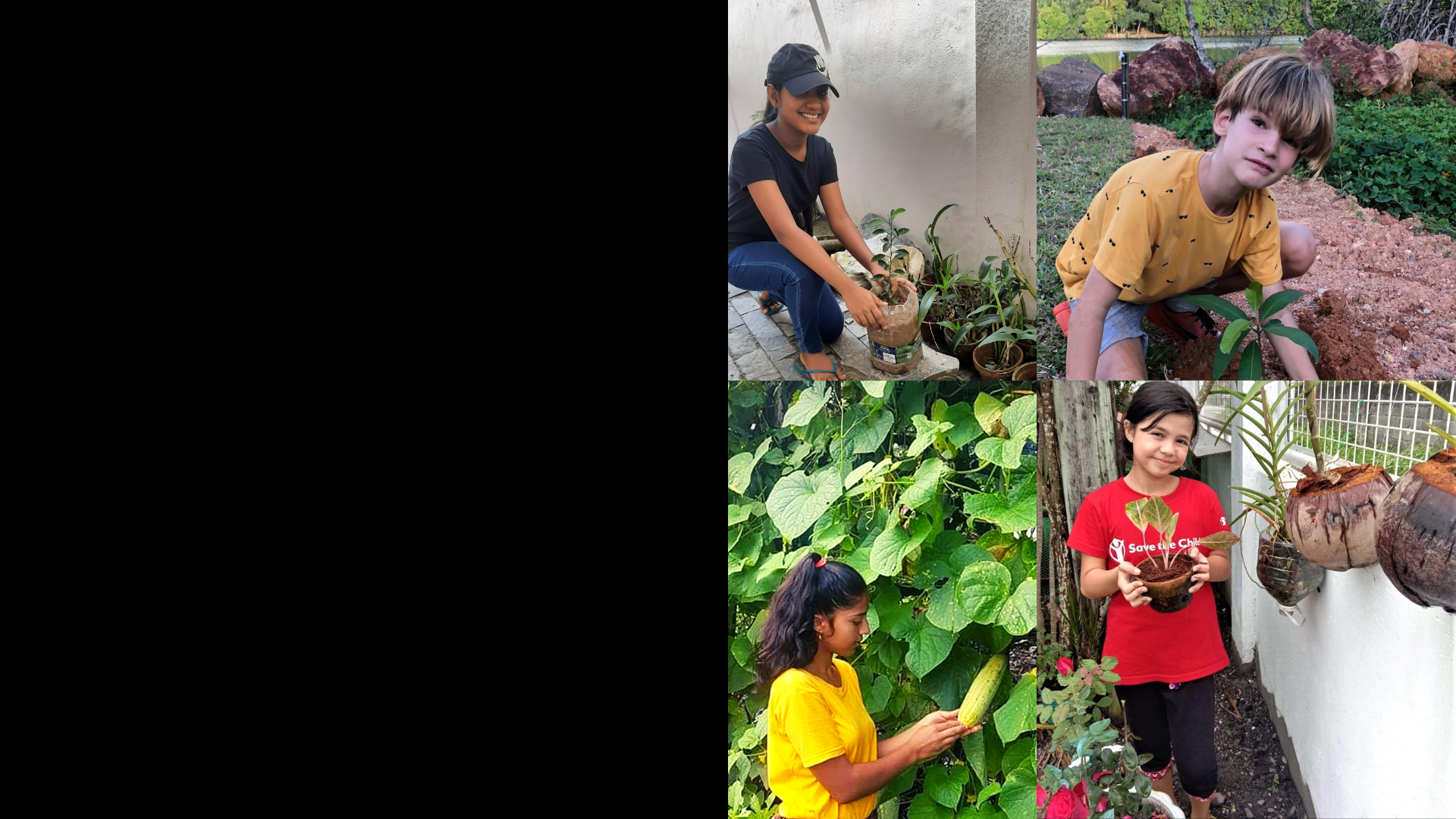
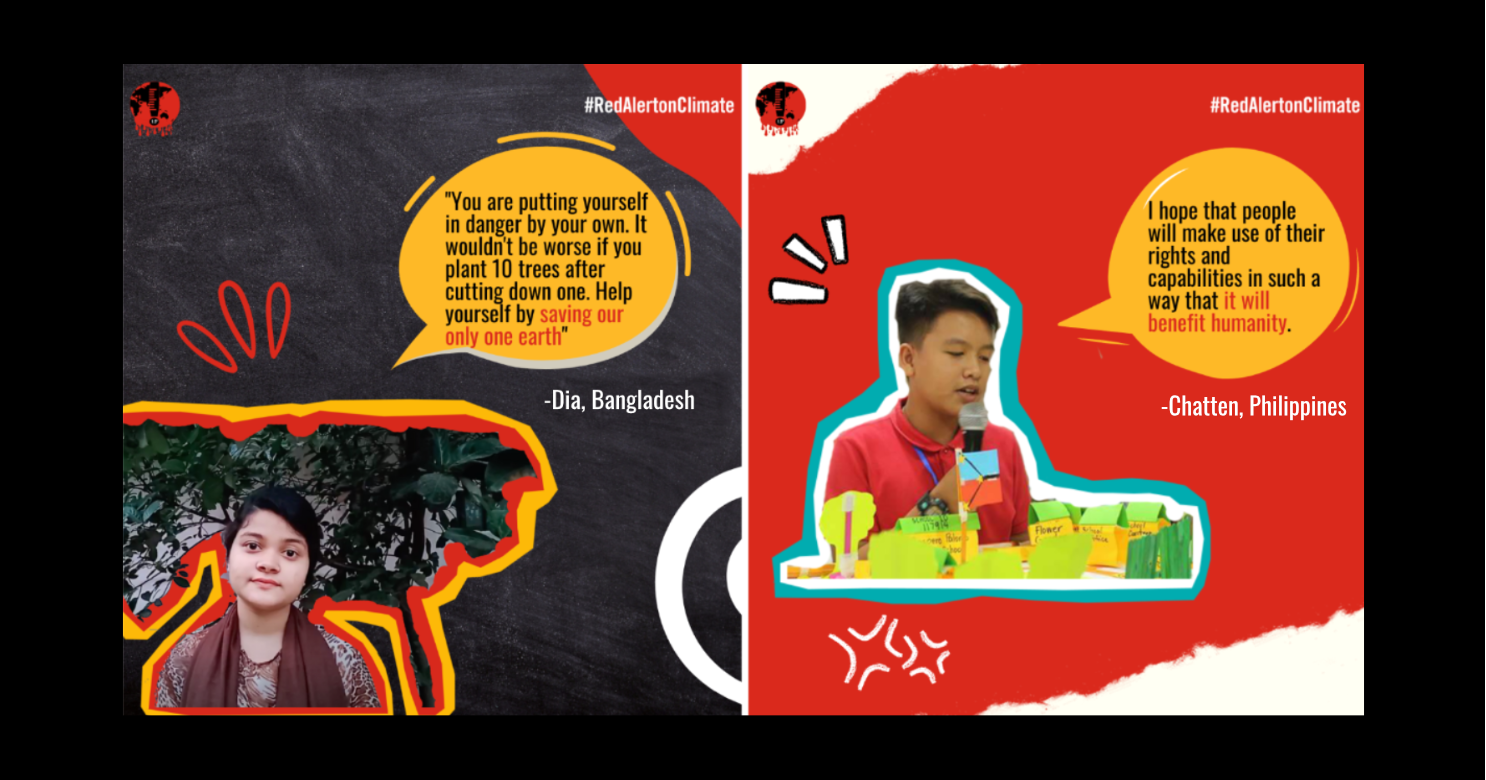
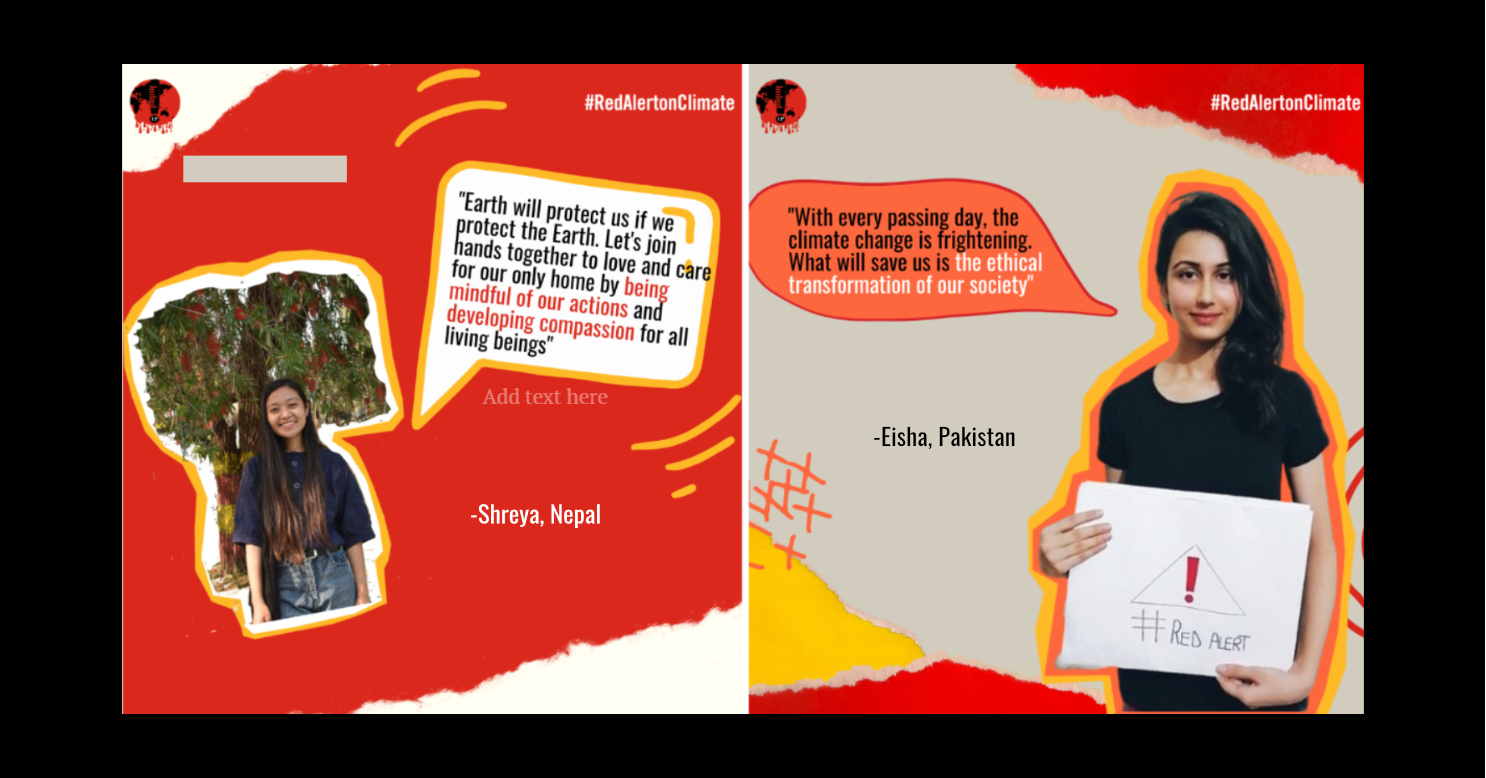
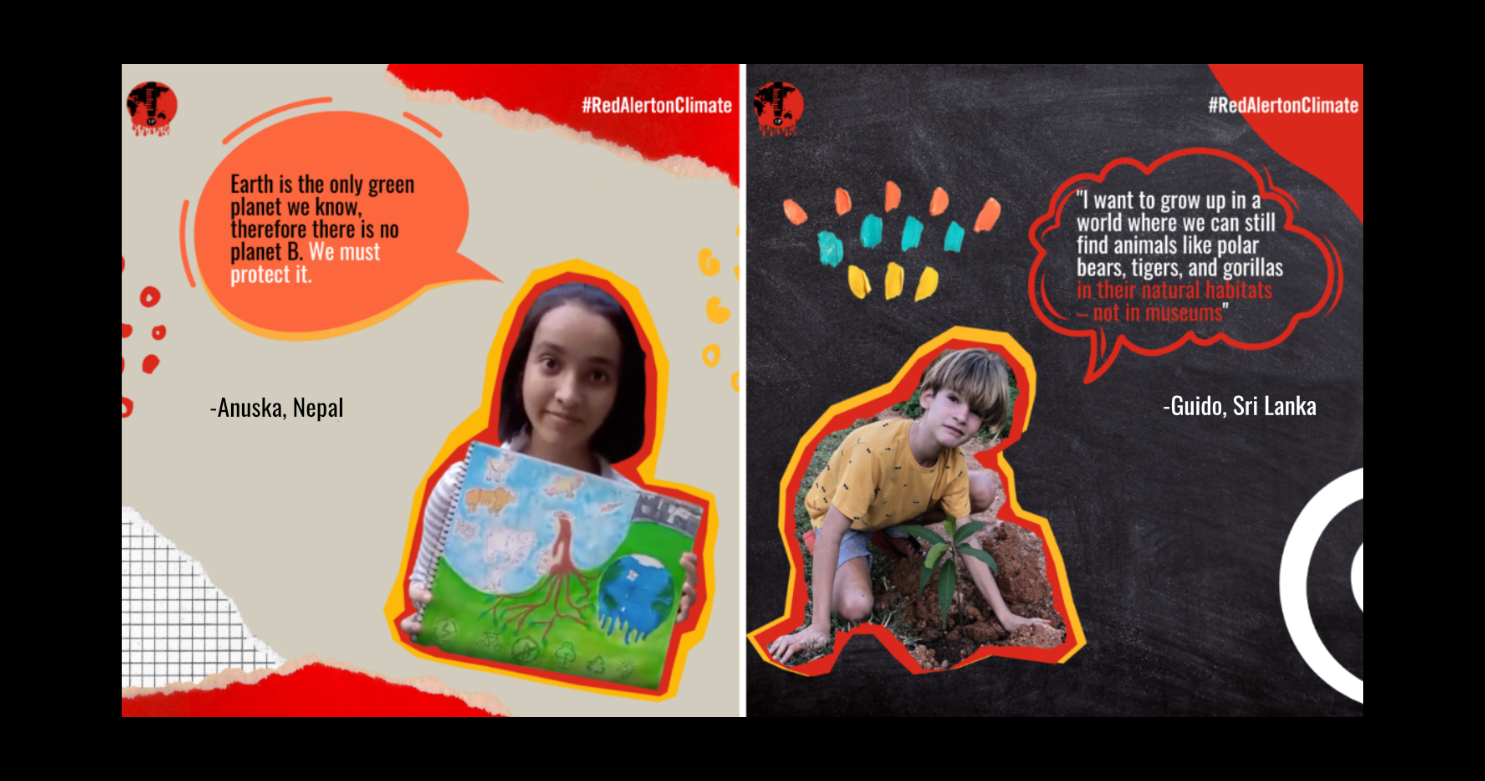
What is Red Alert?
Inspired by young environmental activists worldwide, Save the Children’s Asia Regional Office initiated the Red Alert project in 2020. This aims to mobilise support for children and youth to design, implement, and lead their own campaigns on the climate and natural emergency.
Under the banner of the Red Alert campaign, children and youth – either as individuals or members of established groups – are connected to like-minded activists to agree on messages, plans, activities, and products, which are developed and executed with Save the Children’s help. Activities can include any of the following:
- Taking active and practical steps in reversing the effects of climate change such as tree-planting events, reducing carbon footprint, recycling, and zero waste initiatives.
- Putting across and sharing messages on climate action on digital channels through advocacy videos and community outreach.
- Participation in national and international policy discussions and events.
Red Alert messages reached 2.7 million people on social media across Asia in 2022.
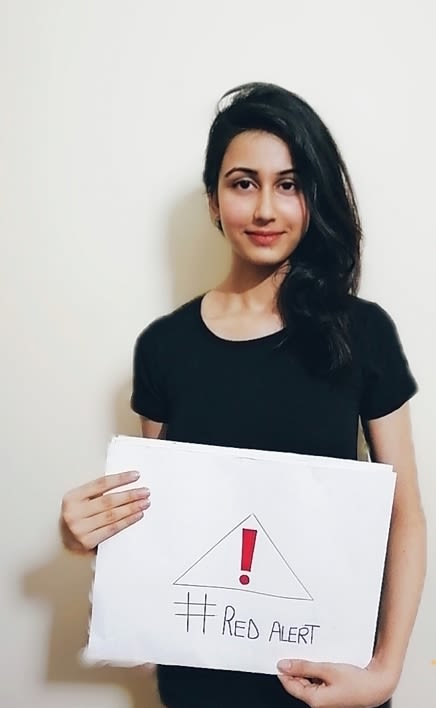
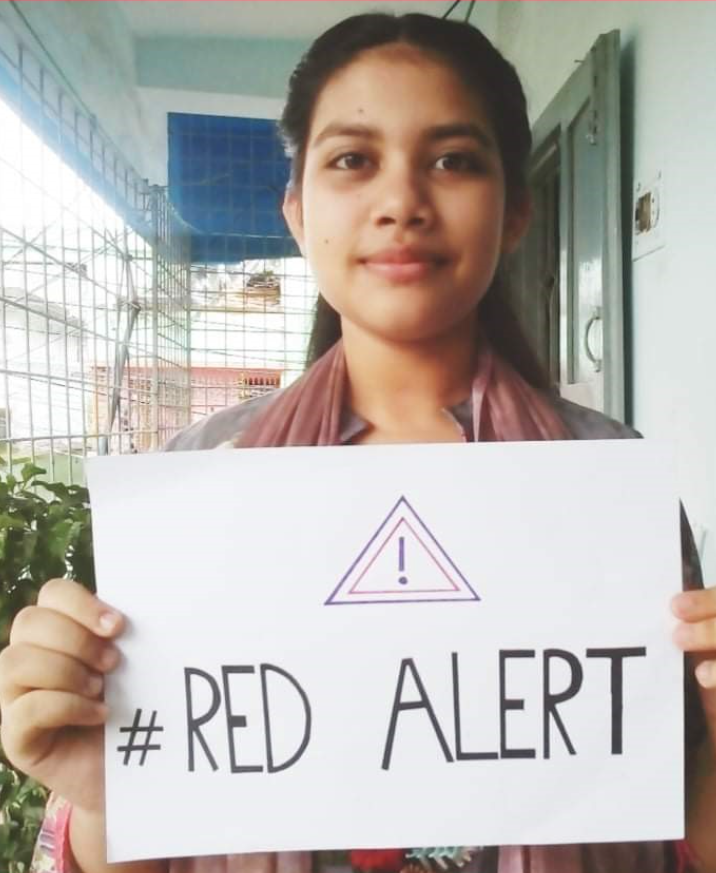
What is the aim?
Red Alert aims to ensure children and youth have a greater voice and their rights are better recognised in national, regional and international efforts to prevent climate and environmental catastrophe in Asia and beyond.
The Red Alert International Strategy (2021-24) agreed by children aged below 17 and youth 18 to 25-years old set the following objectives:
- Increased public support for efforts to limit global heating and protect the environment.
- Increased actions by governments to address climate change, pollution, and other environmental threats.
- Increased actions by the private sector to reduce harm to the climate and environment.

To achieve these objectives, young campaigners are promoting more sustainable lifestyles, and urging governments to strengthen their climate action plans, accelerate the move to greener economies, and increase aid to help poor countries and communities to adapt to our changing climate. Campaigners will also press businesses to act, including by cutting CO2 emissions and pollution, and phasing out support for fossil fuels such as coal and oil.

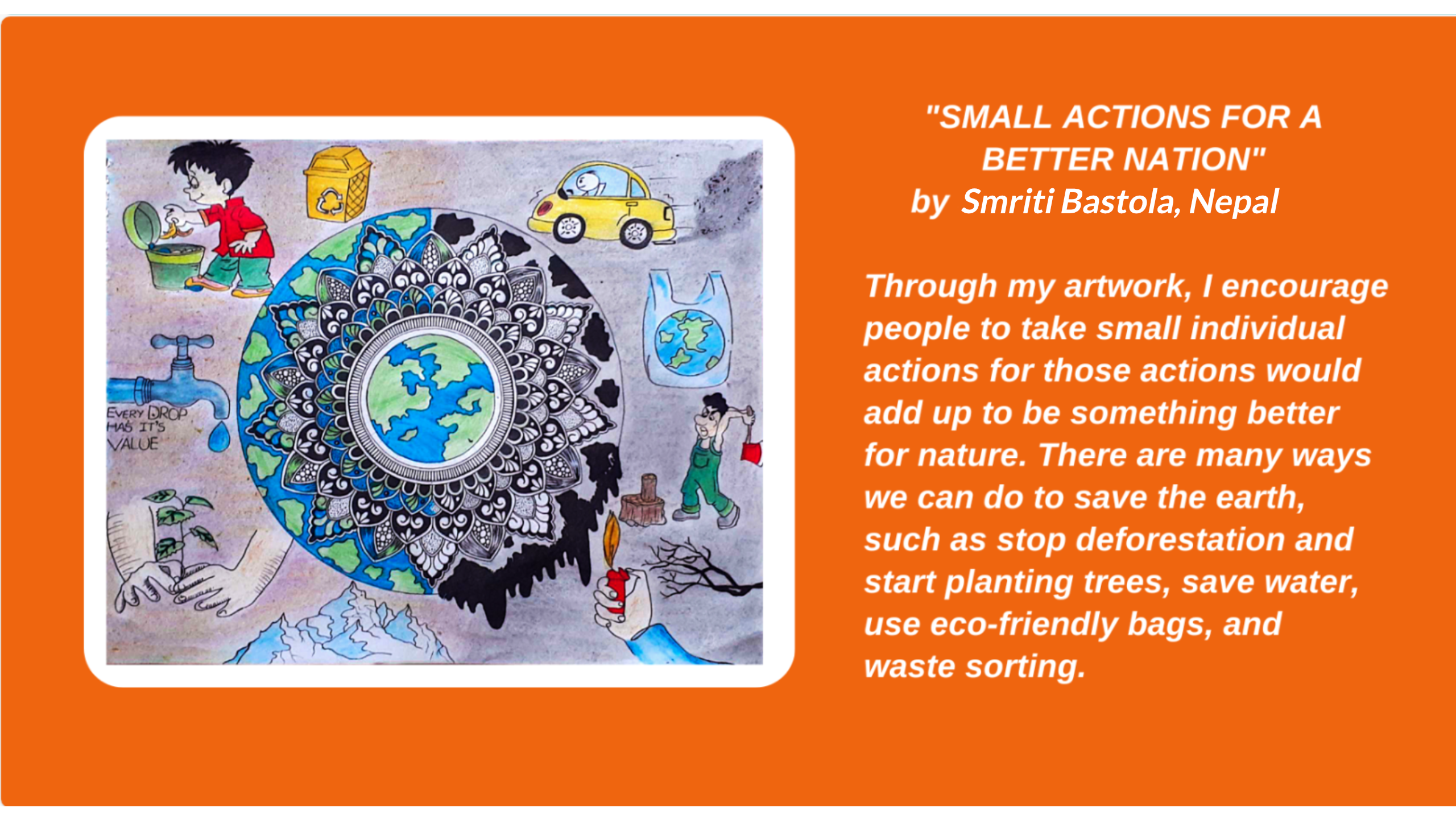

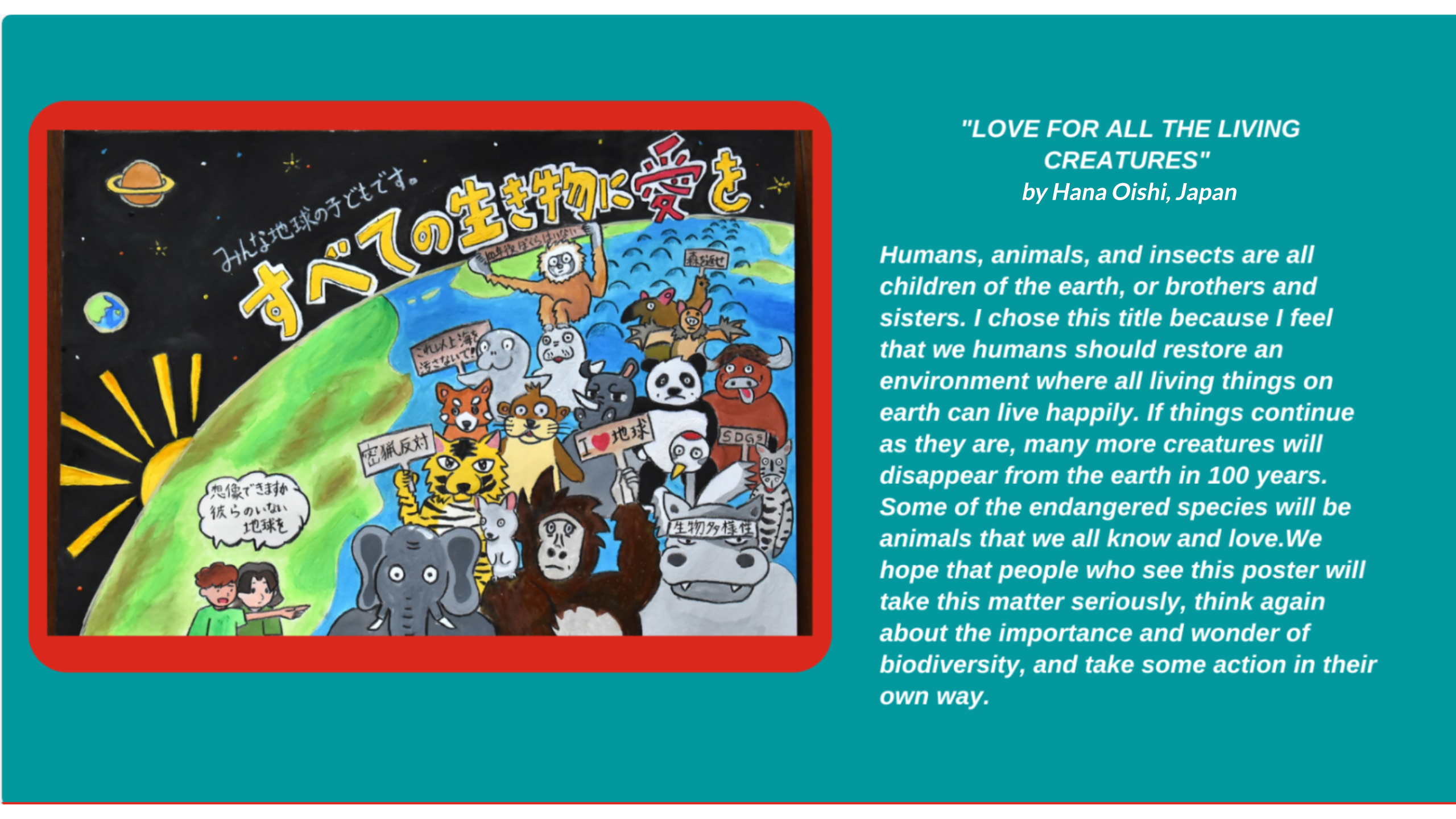
Who is involved?
Since 2020, children and youth from Bangladesh, China, India, Indonesia, Japan, Korea, Myanmar, Pakistan, the Philippines, Nepal, Sri Lanka, and Vietnam have taken part in Red Alert initiatives.
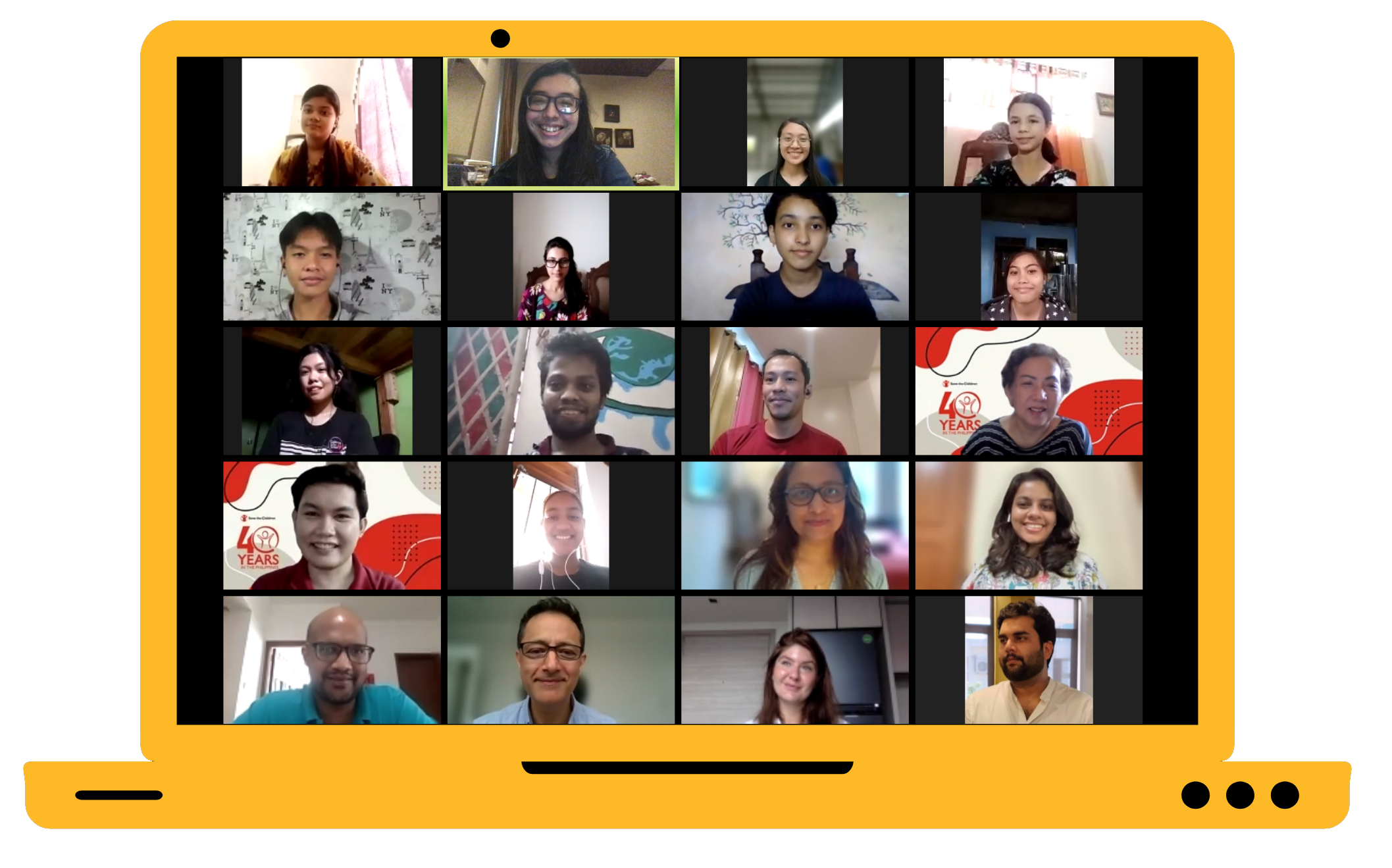
In some countries, young individuals have come together for the first time to speak with one voice under the Red Alert banner. In other countries, existing groups – such as Nepal Youth for Climate Action – have joined the Red Alert network to collaborate in initiatives with other activists.
In early 2022, the Red Alert International Steering Committee was formed by children and youth from Bangladesh, India, Pakistan, the Philippines, Nepal, and Sri Lanka. Headed by an elected president (Ridhima Pandey from India) and vice-president (Xia Vigor from the Philippines), the Steering Committee aims to strengthen child leadership of the multi-country network, drive international action, and enhance coordination between countries.
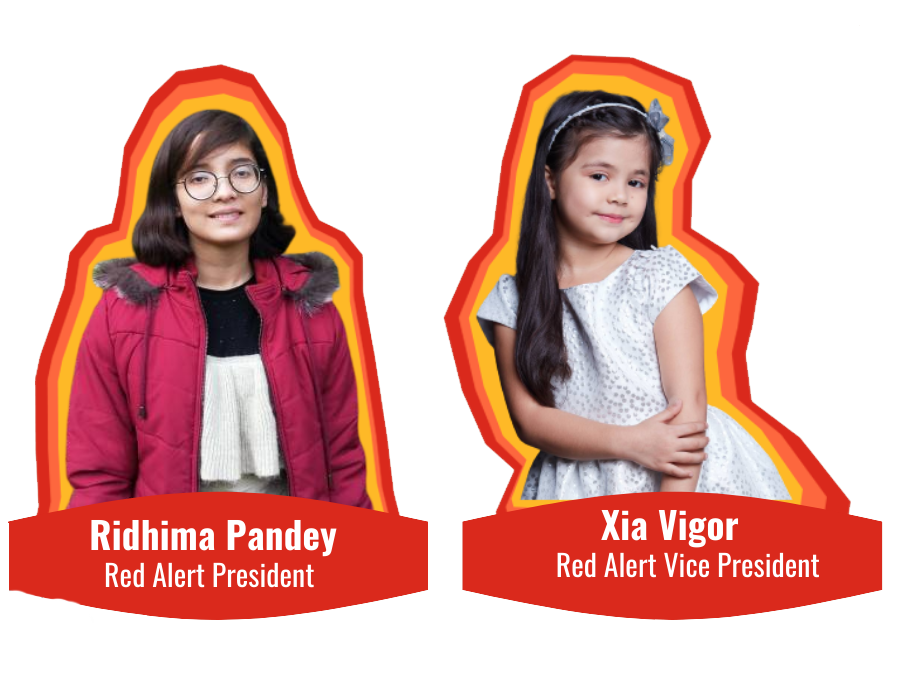
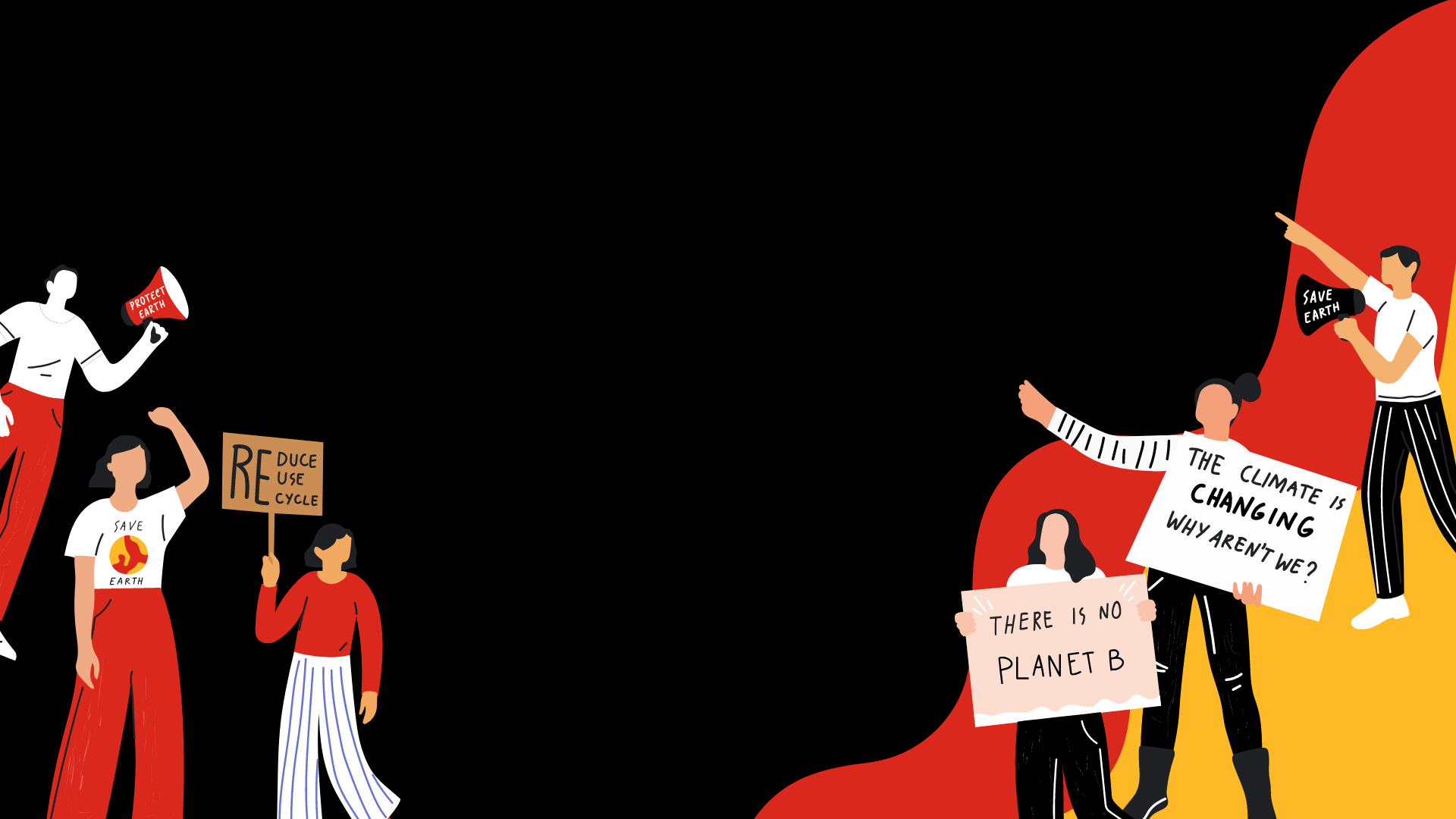
Save the Children's role
Save the Children aims to empower Red Alert campaigners as agents and leaders of change by providing technical expertise, logistical support, networking opportunities, strategic advice and various resources that build campaigners’ capacity, effectiveness, and visibility.
In addition to regular practical advice and support, Save the Children is developing specific initiatives to meet these aims. These include the Red Alert Academy, which aims to provide practical training and guidance to strengthen young activists’ advocacy, media, and campaigning knowledge and skills. Efforts are also underway to mobilise funding to support Red Alert’s growth and effectiveness.


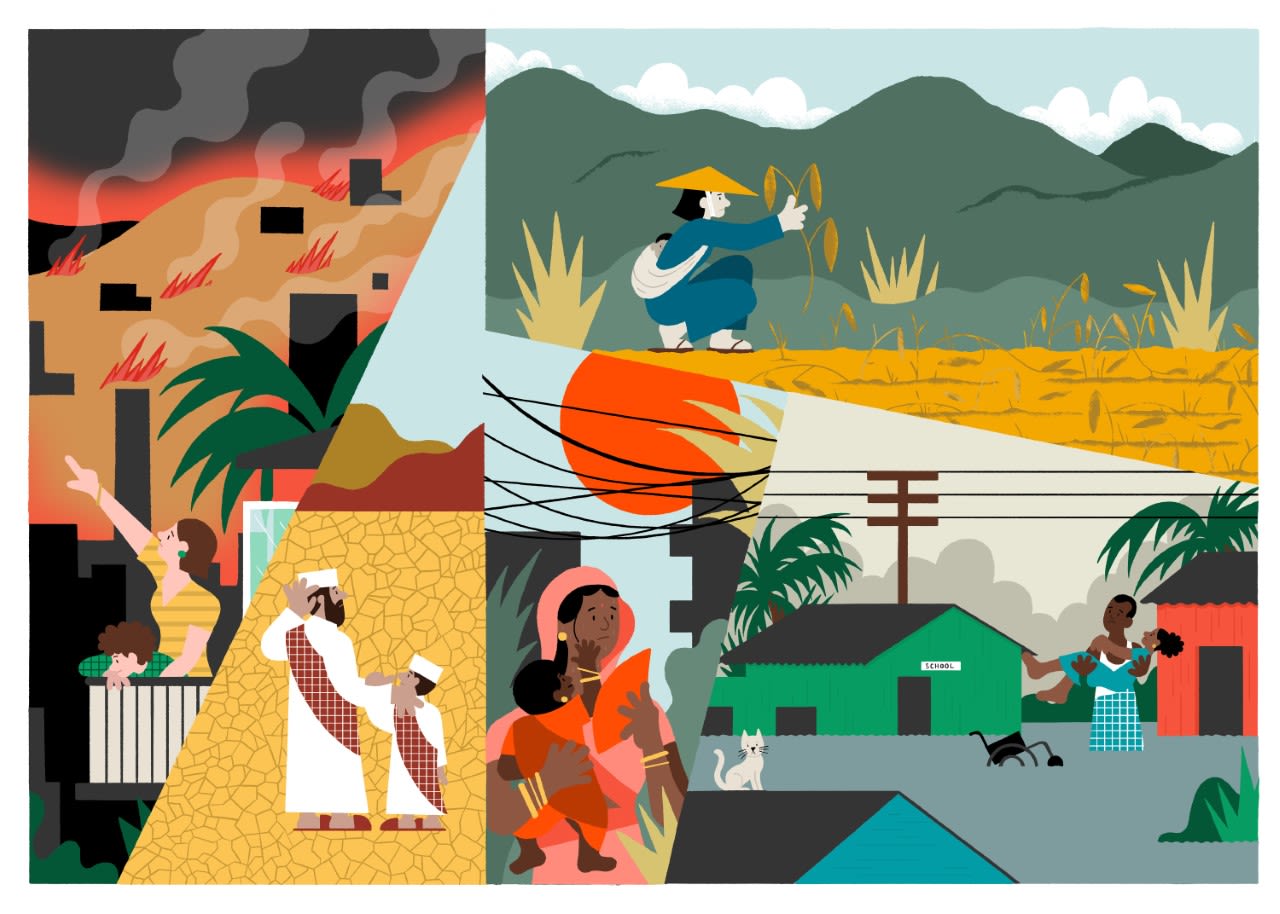
What is COP28 and why was it important?
The 28th Conference of the Parties, or COP28, was an international event where countries came together to discuss and take action on the climate crisis. COP28 brought together world leaders, policymakers, scientists, activists, and organizations to increase global climate action. COP28 served as a key moment for countries to strengthen their commitments under the United Nations Framework Convention on Climate Change (UNFCCC) and work towards achieving the goals of the Paris Agreement.
Save the Children aims to support children and adolescents – especially those representing the most marginalised groups who are disproportionately affected by the climate crisis – to be part of the solution and influence decisions by world and local leaders.
As part of this effort, Save the Children Asia produced an interactive digital map to help amplify children and young people’s voices at national, regional, and global levels.

Previous key moments
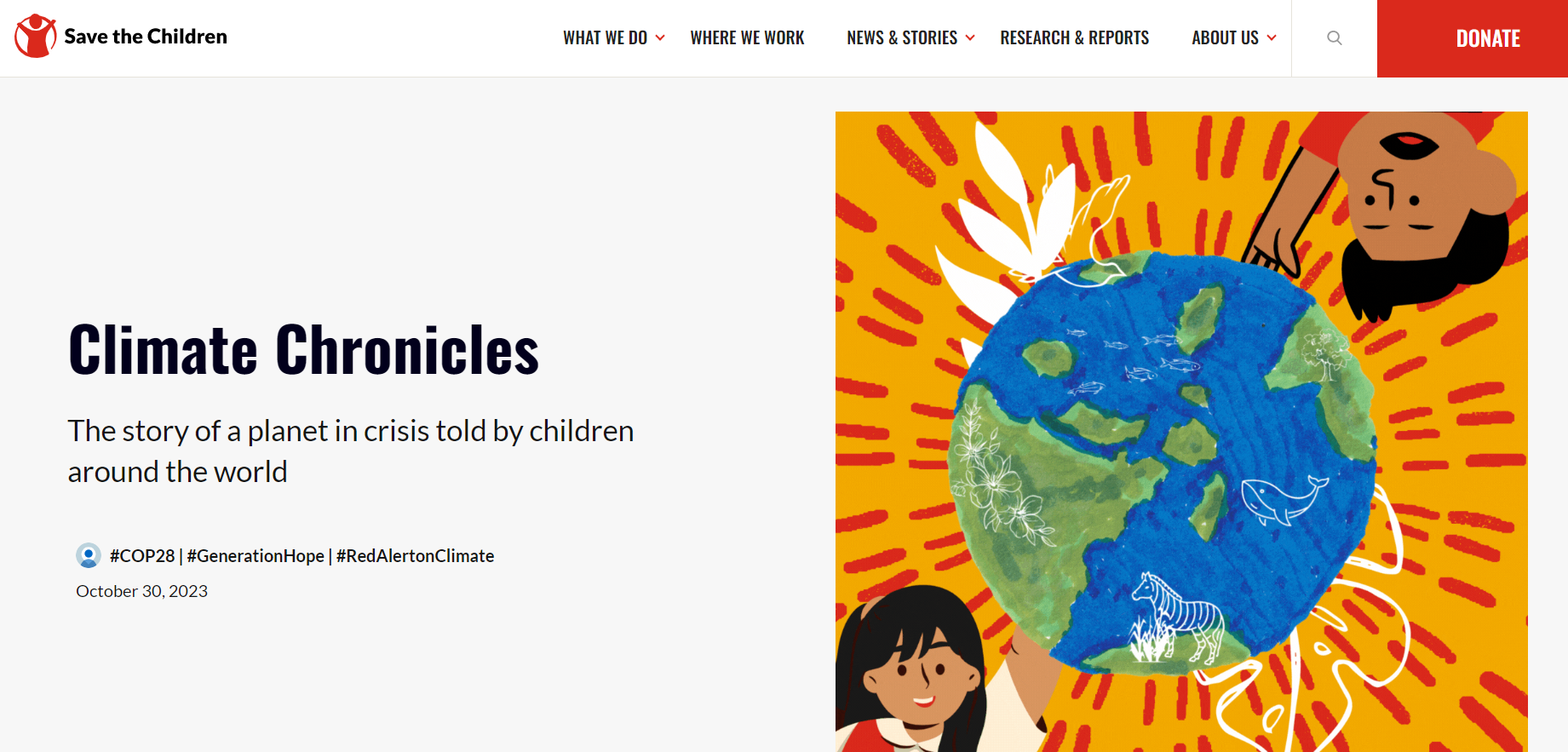
COP28 - Interactive Digital Map
Ahead of COP28 in UAE from November 29 to December 12, the Global Interactive Digital Map, was designed by Save the Children Asia to amplify the voices of children and young people at national, regional and global level.
Children and adolescents from Afghanistan, Bangladesh, Cambodia, Colombia, Guatemala, Indonesia, Japan, Laos, Malawi, Nepal, Pakistan, Philippines, Somalia, South Sudan, Sri Lanka, Syria, Thailand and Vietnam contributed to this product.

2023 Sustainable Development Goals (SDG) Summit at the 78th UN General Assembly
The UNGA78, which starts with the SDG Summit, is a crucial opportunity to advance the promotion and protection of children’s rights, to hold governments to account on commitments made, and to build and strengthen partnerships.
This year, Red Alert Network Nepal child campaigner Anuska travelled to New York to take part in various activities in and around the summit that draw attention to the impact of air pollution on children, the importance of climate- informed education systems, and the promotion of equitable green initiatives, among others.
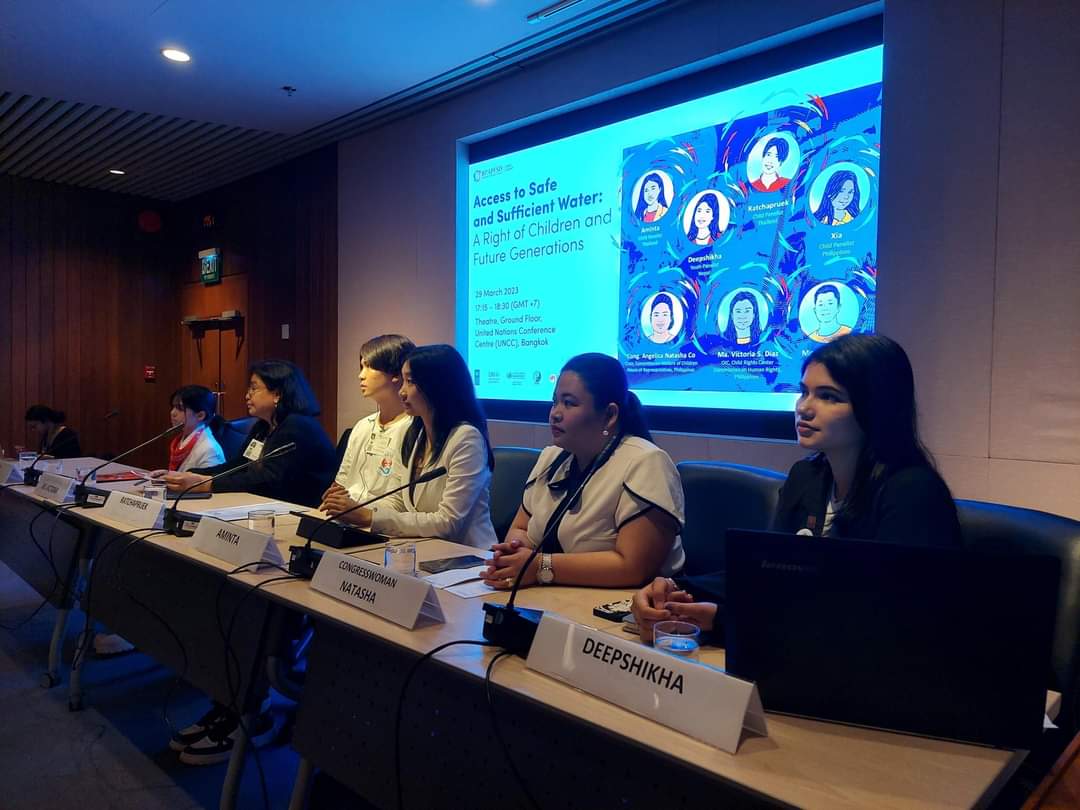
10th Asia-Pacific Forum on Sustainable Development
Universal and equitable access to clean water is essential in fulfilling the right of children and future generations to survival and to a healthy environment. However, the climate and environment crisis undermines any progress made towards the achievement of SDG 6 (Clean Water and Sanitation) as it exacerbates water scarcity and contaminates water sources.
Alongside the 10th Asia Pacific Forum for Sustainable Development (APFSD) in Bangkok, Red Alert International Steering Committee Vice-President Xia, and Red Alert Network Nepal Co-chair Deepshika participated as panelists in a child and youth-focused side event titled Access to Safe and Sufficient Water: A Right of Children and Future Generations on 29 March 2023.
World Nature Conservation Day
Children and youth have contributed the least to the climate crisis but will pay the highest price. Their rights to a safe home, healthy environment, healthcare, food, and learning are at risk
Marking #WorldNatureConservationDay 2022, young campaigners in Asia express their concerns about climate change through different forms of art.
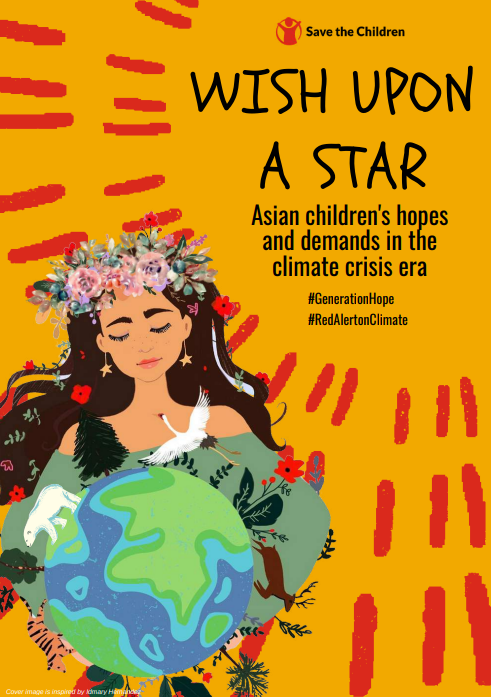
COP27 - Wish Upon A Star
Wish Upon A Star is a collection of short stories, messages and artwork about the climate emergency from children in Asia aged 9-17. As leaders across the world gathered at the COP27, children in Asia demanded to see urgent, comprehensive and transformative climate action.
The Wish Upon A Star e-book aimed to inform and inspire people of all ages to take action to protect children's rights to a safer and more sustainable future.
COP26 + ARTivism Digital Gallery, "The World In Their Hands: How Asia’s Children See The Climate Crisis Through Art"
Ahead of COP26 in Glasgow, Save the Children organised a region-wide series of competitions in which children expressed their messages to world leaders about the climate crisis using different art forms, including paintings, poetry, and music.
Earth Day 2021/Climate Leaders' Summit
At the Climate Leaders’ Summit 2021, hosted by the US, leaders of the world’s major economies discussed efforts to fight the climate crisis.
Earth Day and the Leaders’ Summit were identified as important opportunities by children and youth in the Red Alert network.
Young campaigners in Asia shared their messages with the leaders, expressed their concerns around climate change, and called on the public to take climate action.
Climate Adaptation Summit 2021
The Climate Adaptation Summit 2021 brought together world leaders, businesses, civil society leaders and organisations to share information and ideas, and inspire stronger action to help vulnerable countries and communities to adapt and build their resilience to climate crisis impacts. Young campaigners from Myanmar, Pakistan, the Philippines, Nepal, Sri Lanka, and Bangladesh voiced their concerns and shared their messages.

